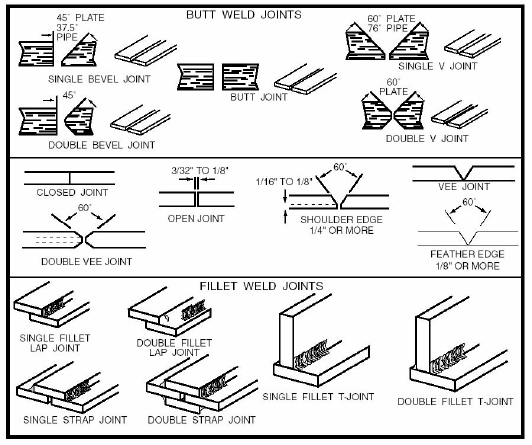
• 12 •
During the welding, the work pieces will become hot and will tend to
expand. The expansion may cause the pieces to shift from the regular
position. If possible, the work pieces should be clamped into the position
they are to occupy when the welding is completed.
Selecting The Proper Electrode 4.3
The welding electrode is a rod, or wire, of electrically conductive metal,
coatedwithalayerofux.
Whenwelding,electricalcurrentowsbetweentheelectrode(rod)andthe
grounded metal work piece. The intense heat of the arc between the rod
andthegroundedmetalmeltsthewireandtheux.
The rod wire joins with the base metal in the work piece to form the weld
bead.Theburninguxformsagasshieldaroundthearcandhelpsto
controltheowofthefusingmetalsthatformtheweldbead.
The type and thickness of the metal and the position of the work
piece determines the electrode type and the amount of heat needed
in the welding process. Heavier and thicker metals require more heat
(amperage).
There is no hard and fast rule that determines the exact rod or heat setting
required for every situation. To check the rod requirements for particular
applications, refer to the rod guide on your welder, and then experiment on
some scrap metal.


















